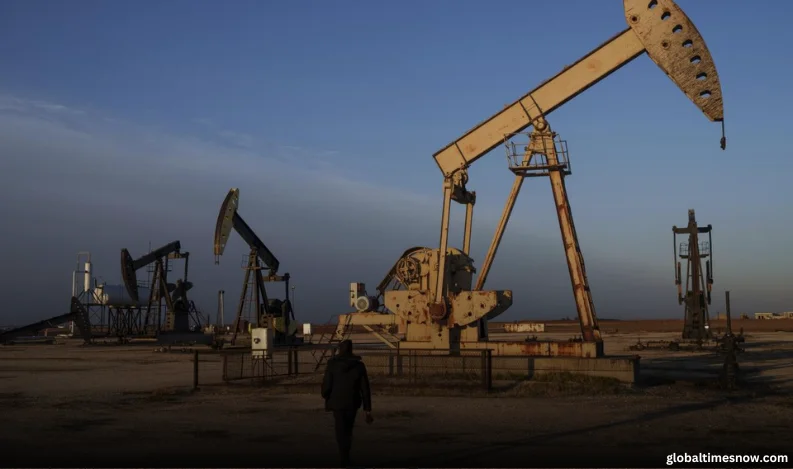Washington – The US oil and gas rig count has risen to its highest level since June, marking the fourth consecutive week of growth, according to the latest report from energy services firm Baker Hughes. Despite the recent surge, the total count remains 5% lower than the same period last year, underscoring ongoing fluctuations in the energy sector.
Oil Rigs Drive Growth, Gas Rigs See a Decline
As per Baker Hughes' data, the total oil and gas rig count increased by four, reaching 592 rigs in the week ending February 21. The rise was primarily driven by oil rigs, which saw a notable jump of seven, bringing the total to 488 – the highest count since September 2024.
In contrast, gas rigs declined by two, settling at 99, indicating a mixed trend in the energy market.
Long-Term Trends and Market Factors
The recent uptick follows a 5% decline in rig count in 2024 and a steeper 20% drop in 2023, driven by lower oil and gas prices. Over the past two years, many energy firms prioritized shareholder returns and debt reduction over production expansion, contributing to a slowdown in drilling activities.
Despite this, analysts expect a stable oil price outlook for 2025, while the U.S. Energy Information Administration (EIA) predicts an increase in crude production from 13.2 million barrels per day (bpd) in 2024 to 13.6 million bpd in 2025.
Gas Market Outlook and Future Projections
The natural gas sector is expected to experience a revival in drilling activity this year, as the EIA forecasts a 73% surge in spot gas prices in 2025. This comes after a 14% price decline in 2024, which had forced several energy companies to scale back production – the first such instance since the COVID-19 pandemic-driven demand slump in 2020.
The EIA projects gas output to rise to 104.6 billion cubic feet per day (bcfd) in 2025, compared to 103.1 bcfd in 2024 and a record 103.6 bcfd in 2023.
Conclusion
While the recent rig count increase signals renewed activity in the U.S. oil and gas industry, the sector remains below last year’s levels amid evolving market dynamics. Fluctuating commodity prices, investment priorities, and regulatory policies will continue to shape production trends throughout 2025.























